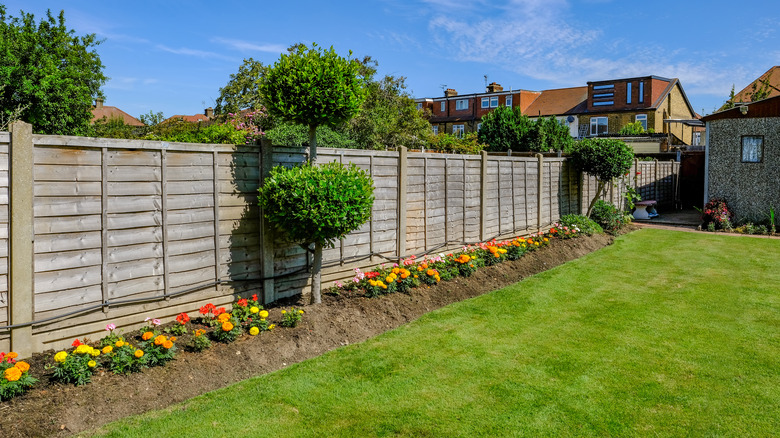While dahlias are not usually the go-to meal for deer, these creatures are opportunistic eaters. In regions where deer numbers are high, competition for food among them intensifies, and your dahlias start to look like a five-star meal. But the story doesn’t end there. The time of year can also significantly affect whether or not your dahlias become a dining destination for deer. Specifically, deer mothers are more likely to target your flowers during birthing seasons, since after giving birth, they have young fawns to nourish, and their caloric and nutritional needs skyrocket. As a result, the demand for easily accessible nutrition can make your dahlias look even more enticing, turning your garden into a convenient and irresistible buffet for these animals.
Despite these challenges of planting dahlias, you’re not helpless in this situation. Using various methods, you can take practical and effective steps to protect your cherished dahlias from further deer damage. However, if your dahlias have already been feasted upon, it’s important to remember that all is not lost. As disheartening as it is to see the fruits of your labor reduced to gnawed stems and missing petals, don’t view this as the end of your gardening journey. Your dahlias can bounce back stronger with the right strategies and preventive measures.
Tips on protecting your dahlias from deer

As mentioned, deer can be quite discerning eaters, but when it comes to your garden, you don’t want to take chances. One of the most straightforward protective measures you can employ is installing fencing around your garden. A well-constructed fence that’s at least six feet high usually does the trick, making it difficult for deer to leap over and access your dahlias. If a fence is out of the question, or if you’re looking for additional ways to protect your garden, consider using companion plants. One effective option is to plant deer-resistant plants like sage near your dahlias. Deer have a strong aversion to the smell of sage, which works in your favor — the strong scent of sage acts as a sensory barrier, deterring deer from feasting on your dahlias and encouraging them to look for other food sources instead.
Another natural, albeit unconventional, method for deterring deer involves the use of unwashed human hair. The concept is simple but effective: deer are often wary of human scent. By placing a handful of unwashed human hair in a muslin bag and hanging it from a bush or tree at the height of a deer’s head, you introduce a warning signal into your garden. This strong human scent usually makes deer think twice before advancing to munch on your cherished dahlias. It’s a non-invasive, cost-effective approach that utilizes something you’d normally discard.
What to do if deer eat your dahlias
So, the deer have had their feast, and your dahlias have paid the price. What now? First, take a deep breath and remember that it’s not all doom and gloom. Dahlias are often annual plants, so their lifecycle is inherently temporary. That means you don’t need to worry excessively about seasonal damage; your dahlias have a natural rhythm of renewal. In fact, if deer have snacked on some of your flower buds, they might have inadvertently done you a favor. By nibbling away excess buds, the deer are essentially thinning out the plant, which can help optimize its energy use. As a result, the remaining blooms may grow stronger and healthier.
However, let’s consider the worst-case scenario: the deer have not merely nibbled but have essentially decimated your precious dahlias. Even then, it’s not the end of the world or your gardening endeavors. Dahlias grow from underground tubers — they are often still viable even when the above-ground plant has suffered. To salvage what you can, carefully dig up the remaining tubers from the soil. Once unearthed, trim away any extra plant material that’s still attached. After trimming, thoroughly wash them to remove soil and potential pests. Letting the tubers dry fully is crucial to prevent mold and rot. Once they’re dry, store them somewhere that is dark and cool. When the next planting season rolls around, these tubers will be your ticket to a fresh start in the world of dahlias.
